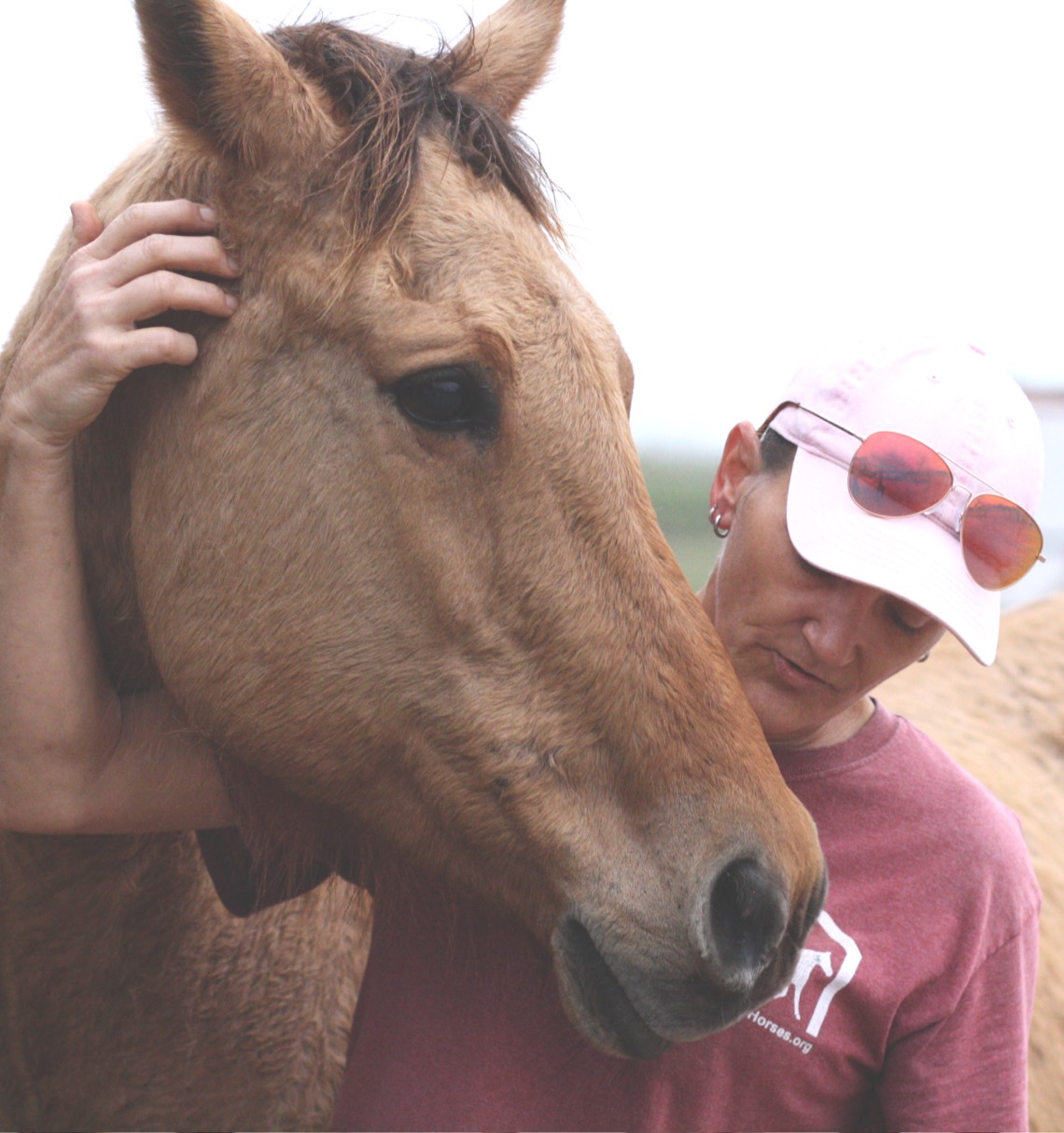University of Wyoming research provides data on wild horse diets
As we have pointed out before – when comparing how cattle and equine eat, one must also take into account how they eat. Horses clip the grass with their upper and lower teeth. Cattle wrap their tongue around taller grass – which then cuts and rips it out of the ground. So horses may use more grass, but cause less damage. Another point left out of the study is the number of horses in an environment vs the number of cattle. It is certainly not one on one. There are often many many more cattle per horse population in a grazing area. The comment after the article by “whecologist” (who is the ecologist Craig Downer) is on the mark with a more in depth reason why horses are better to have in an environment than cattle. ~ HfH
From: Casper Star Tribune
By: Trevor Graff
University of Wyoming research is contributing to a better understanding of how wild horses affect the state’s rangelands.
Derek Scasta, a rangeland specialist with UW’s extension office, released a report from 33 studies of livestock and wildlife conflicts on ranges in 12 Western states and the Canadian province of Alberta to provide what he says is a quantitative look at what wild horses eat.
The data show a significant conflict in forage selection between cattle and wild horses over the course of a year. Scasta said his study provides a baseline for future, more sophisticated research.
“The data is pretty clear on what wild horses select for,” he said. “Because the data is so clear, I think we need more research that goes beyond what forage wild horses select to how they move across a landscape.”
Data show wild horses eat a primarily grass diet with 82 percent of their forage coming in the form of grasses, 10 percent forbs and 8 percent shrubs.
Cattle data showed a 74 percent grass diet and diets of 14 percent shrubs and 12 percent forbs.
The study profiles the ecology of western grasslands, accounting for elk, domestic sheep, mule deer and pronghorn in addition to horses and cattle.
Data was collected from sampling stool samples of the animals through the range of the study.

